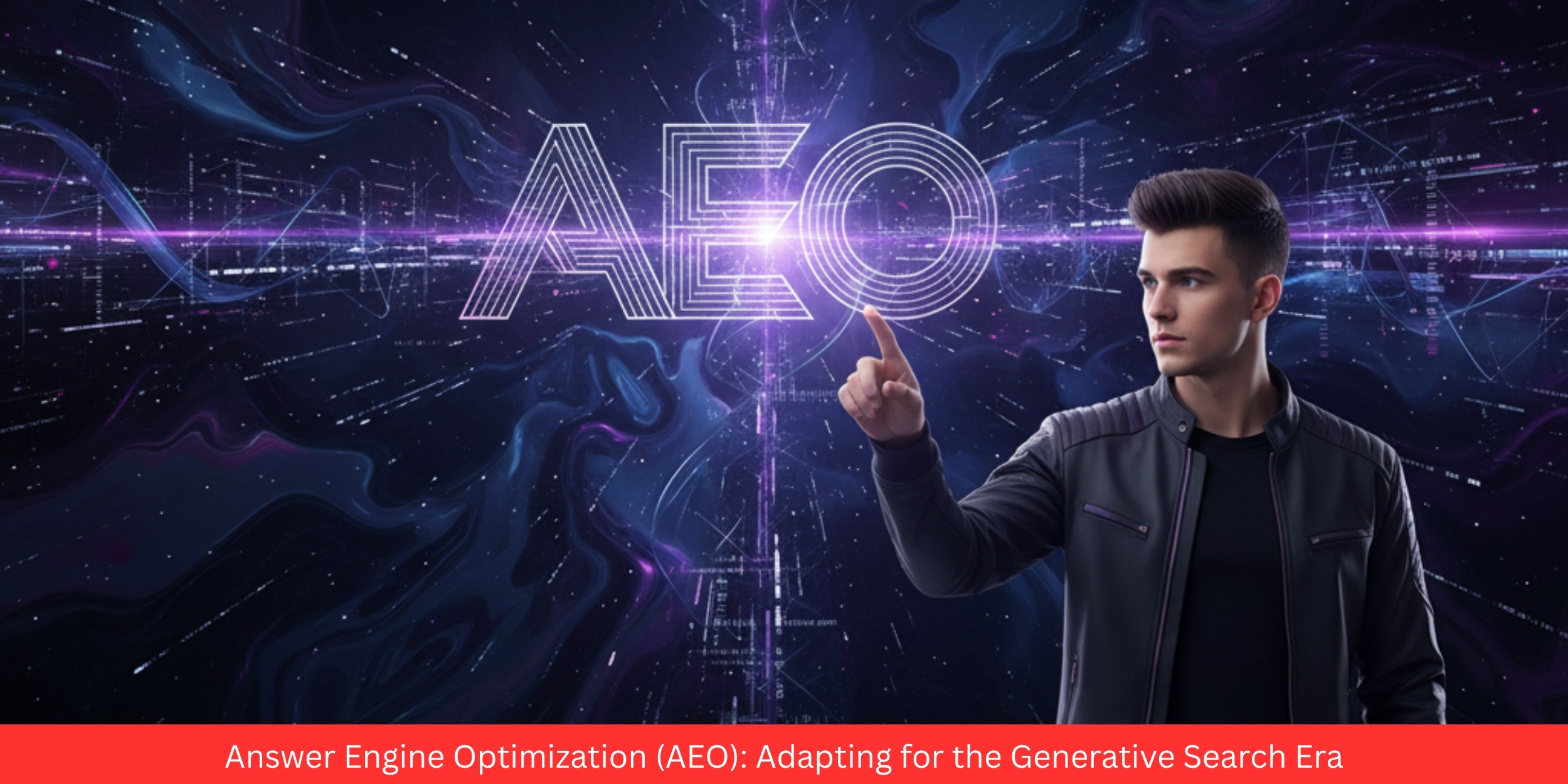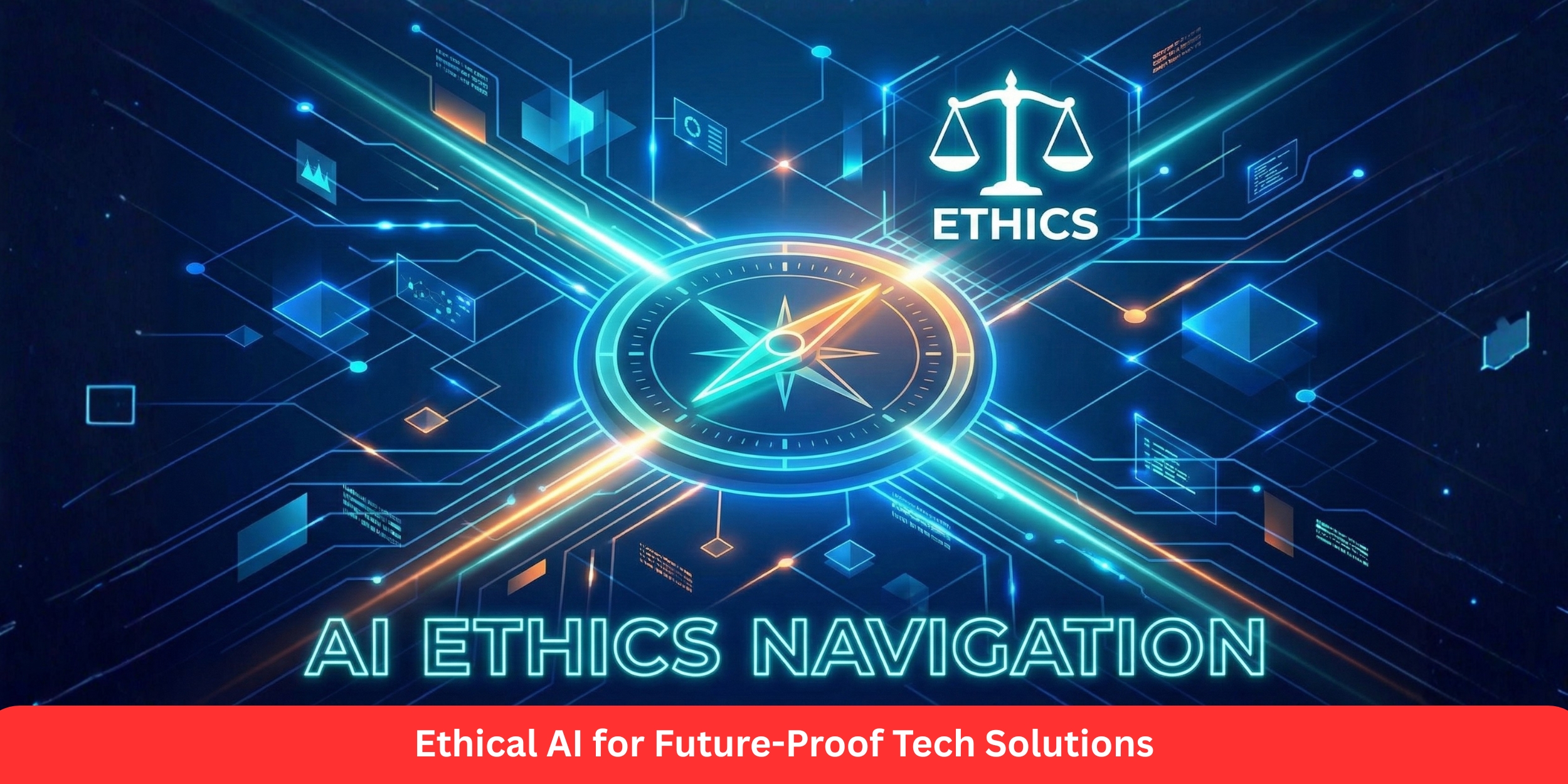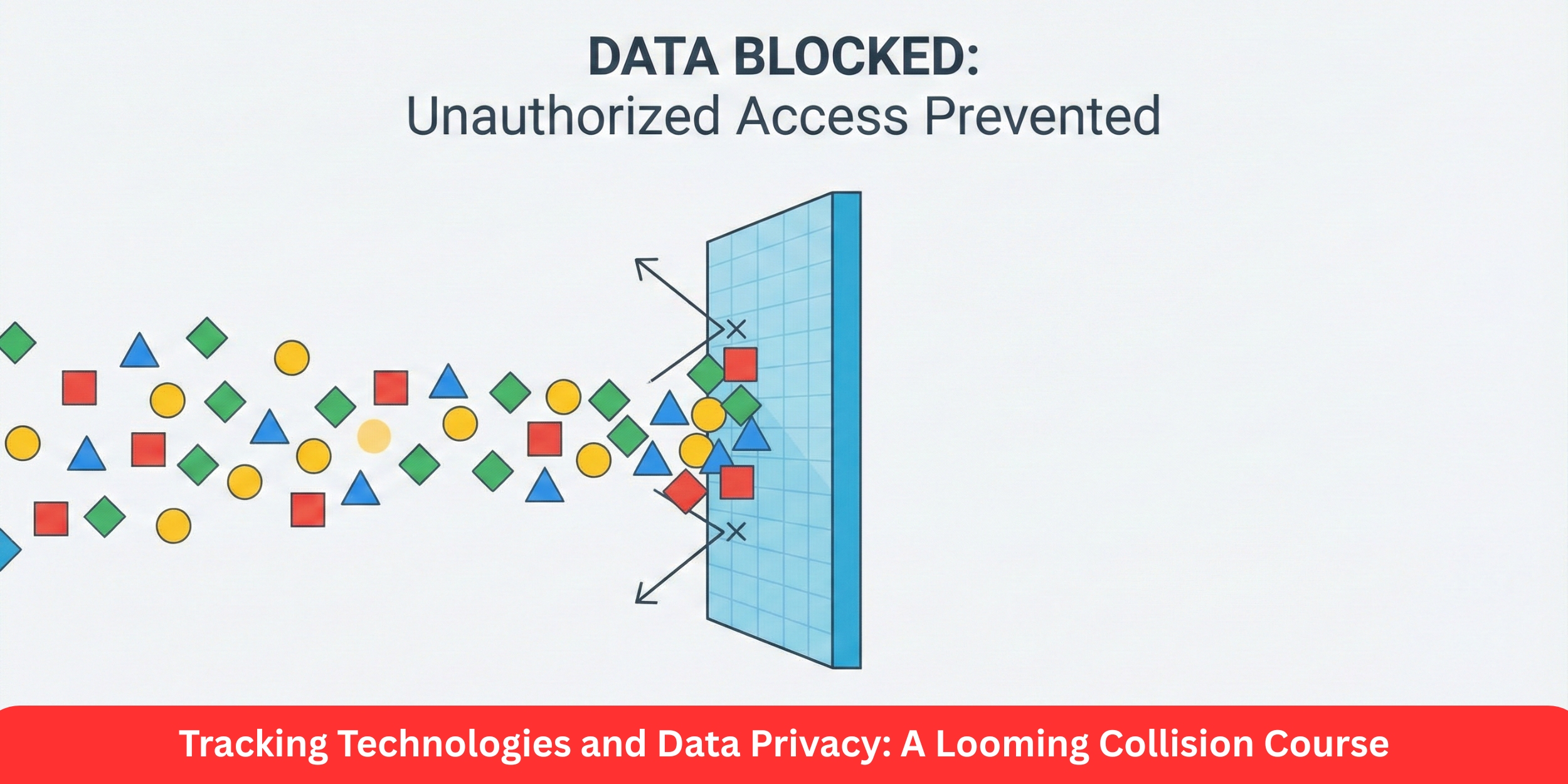
Search is changing under our feet. The era when users type keywords and click through blue links is giving way to an age in which AI answer engines and generative models deliver responses directly. If your content doesn’t speak the language of “answers, not links,” you’ll risk vanishing from discovery.
This is where Answer Engine Optimization (AEO) comes in. In this post, I’ll show you why AEO matters, how it's different (but complementary) to SEO, and exactly how to adapt so your brand gets cited inside AI responses, not just ranked in search results. I’ll also cover real tactics, pitfalls, and questions people often ask.
Why AEO is no longer optional
The shift to zero-click, AI-first discovery
AI answer engines (like ChatGPT, Bing Chat / Copilot, Google’s generative overviews, Perplexity, Claude, etc.) do more than list links they synthesize content, pull from various sources, and output an answer. In many cases, users don’t click they just consume the AI’s answer then move on.
This shift is already visible: in queries that trigger Google’s AI Overviews or when people ask conversational questions, click-through rates drop. SEO.com+3 Amsive+3 Writesonic+3
If your content is optimized for only traditional SEO (ranking, backlinks, meta tags), you may get traffic now but gradually your visibility will erode as more queries are answered without clicks. To stay relevant, you need to bring your content into the answer itself.
First-mover advantage
Because AEO is still new, many brands aren’t actively optimizing for it. That means if you start now, you can build “answer equity” being cited in AI responses before your competitors do. Over time, AI systems may rely more heavily on sources that already get quoted.
Multiple SEO / AI strategy firms already warn: the window to gain dominance as a trusted answer source is narrow.
AEO is not a replacement, it’s a complement
Don’t throw away SEO. The two can, and should, co-exist. SEO still drives domain authority, backlink strength, organic keyword rankings. AEO layers on top: ensuring your content is structured, authoritative, and “answer-ready.” Many core practices overlap (e.g. understanding intent, E-A-T signals, user experience).
So: treat AEO as evolution, not disruption.
How to optimize content for Answer Engine Optimization
Here’s a roadmap. You don’t have to get all steps perfect at once iterate.
1. Start with high-potential queries
Use tools like “People Also Ask,” Quora, AnswerThePublic, and search volume tools to discover question-based queries in your vertical.
Prioritize queries that already trigger AI Overviews or that are conversational in nature (e.g. “how to X,” “what is Y,” “best way to Z”).
Pick content assets you already own (blog posts, guides, FAQs) as candidates for upgrading.
2. Lead with the answer
AI systems often grab the first clear answer block. So in each section, answer the user’s question in a concise way (say, 40–70 words) before expanding. Use a pattern:
Question: How does AEO differ from SEO?
Answer: AEO focuses on being cited inside AI answers, not only ranking in search results. Then follow with details.
This gives AI engines a clean block to extract.
3. Use structured format
Use subheadings in question form (H2 / H3)
Use bullet lists, numbered steps, comparison tables
Use short paragraphs
Use schema markup (FAQ, HowTo, Q&A) so AI and search crawlers understand structure better
Use semantic HTML (definition lists, <aside> tags, etc.)
4. Build authority & trust
AI systems tend to prefer content that shows expertise, experience, and reliable sources.
Include author bylines with credentials
Cite reputable sources, studies, data
Link to high-quality external pages
Use original data, insights, or unique perspective
Internal linking to related content to show topical depth
The stronger your brand or domain authority, the higher chance AI engines will trust and cite you.
5. Design “citation-ready” content blocks
Craft content in small, self-contained chunks that AI can quote verbatim. Examples:
Definition boxes
“In summary” recaps
Statistics + one-sentence interpretation
Short bulleted comparisons (“Pros vs Cons”)
Glossary or mini-FAQ style segments
These blocks are easier for AI to lift directly into responses.
6. Optimize for freshness & topical relevance
AI engines often lean on more recent or timely content. So:
Update your content regularly
Add date stamps
Refresh with new data, new voice
Adjust for shifts in terminology or trends
Monitor emerging topics in your niche
7. Cross-engine tuning
Not all AI systems work the same. ChatGPT citations, Google generative overviews, Perplexity, Bing Chat they have different biases. Test which content gets cited in which engine. Tailor content for multiple surfaces. Some firms refer to this as Generative Engine Optimization (GEO), which broadens AEO’s scope. Profound+3nowspeed.com+3Profound+3
8. Track, test, iterate
Periodically query AI engines with target questions and see whether, and how, your content is cited
Use AI-visibility tools (some agencies already offer them) Amsive+2Profound+2
Monitor brand mentions, upstream citations, sentiment
Compare performance of content before/after revision
Use A/B tests: e.g. two versions of the same FAQ, see which gets more citation
Common Mistakes & Pitfalls to Avoid
Overstuffing keywords: AI engines parse meaning, not brute frequency
Neglecting core SEO: if your domain lacks authority or technical health, AEO efforts will struggle
Ignoring AI limitations: AI answers may hallucinate or misattribute. Don’t assume everything is perfect. arXiv
Treating all questions alike: some queries are better suited to link-rich content (e.g. “best 10 products”)
One-and-done mindset: AEO needs sustained upkeep
No measurement: if you don’t know whether AI engines are citing you, you can’t optimize
Example: AEO in practice (hypothetical)
Let’s say you run a SaaS analytics tool. You find users often ask, “How to generate custom dashboards in X tool.” You already have a blog post explaining it.
Rewrite a section: lead with a 2-sentence answer: “To generate custom dashboards, go to Dashboards → Create → choose data source → drag widgets. Then configure filters, set refresh schedule, and save.”
Surround it with a “Definition” box: Custom Dashboard = visualization board combining metrics A, B, C.
Add FAQs below: “What permissions are needed to create dashboards? How often can I refresh data?”
Add structured FAQ schema.
Cite internal case study or data (In a recent internal rollout, usage of custom dashboards increased by 52% within three months.)
Monitor whether ChatGPT or Google generative overviews start citing that block.
Over time, your SaaS brand becomes the source AI refers to when someone asks about dashboards in your niche.
Measuring Success in AEO
Unlike classic SEO, “rank” isn’t always relevant. Here are metrics you need:
Citation frequency: how often AI engines mention your content
Share of voice in answers: among your niche, how often you’re included versus competitors
Mentions & upstream links: how many external or trusted sources cite you
Traffic from AI or generative responses (if you can attribute it)
Conversions or engagement after AI-sourced exposure
Competitive gap: which topics your competitors get cited for (and you don’t)
Build dashboards combining AI visibility metrics + conventional analytics. Over time, your content should not only rank, but resonate inside AI answers.
FAQ: What People Ask About Answer Engine Optimization
Here are real questions people ask with direct answers.
1. What exactly is Answer Engine Optimization (AEO)?
AEO is optimizing content so generative or AI-powered answer engines (ChatGPT, AI Overviews, Perplexity, Bing Copilot) can extract and cite it when users ask questions. It’s about being part of the answer.
2. How is AEO different from SEO?
SEO focuses on ranking content in search result pages (SERPs) using keywords, backlinks, site authority. AEO focuses on making content machine-understandable, answerable, and friendly to AI extraction. They overlap, but the emphasis and measurements differ.
3. Does AEO replace SEO?
No. It complements SEO. SEO remains vital for domain authority, site health, backlinks, and traditional traffic. AEO adds another layer visibility inside AI responses.
4. Which content formats work best for AEO?
Short answer blocks, FAQ sections, how-to guides, definition boxes, comparison tables content that is structured, direct, and broken into extractable units.
5. Do I need special tools for AEO?
You don’t need them, but tools help. Some firms are building “AI visibility / answer citation trackers.” Use analytics, search query tools, AI engines themselves, and compete by reverse-engineering what’s being cited.
6. How long until I see results?
It varies. You may see small citations in weeks. Significant authority may take months, especially if your domain is new or low in trust. The key is consistency and iteration.
7. What if AI misattributes or hallucinates?
It happens. Always monitor, correct, and reinforce your content with strong signals (citations, domain credibility). Don’t rely blindly on AI’s choices. Use your own brand’s authority to override bad attributions.
Final Thoughts & Action Plan
The generative search revolution is no longer a fringe trend it’s reshaping how users find information. Answer Engine Optimization (AEO) is your ticket into being the answer, not just a link.
Here’s your 5-step action plan to get started:
Audit your existing content for question-based queries and identify high-opportunity pages.
Rewrite key sections to lead with answers, build citation-ready blocks, add schema.
Publish + update with trust signals (data, author credentials, citations).
Monitor AI engines for whether your content gets cited; test variants.
Iterate and scale: expand to more topics, deepen your content’s reach across AI surfaces.
Over time, your brand can become a trusted reference inside AI responses. That’s not just visibility, it’s authority.





